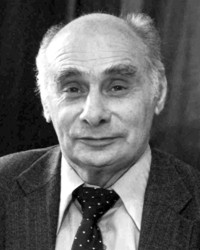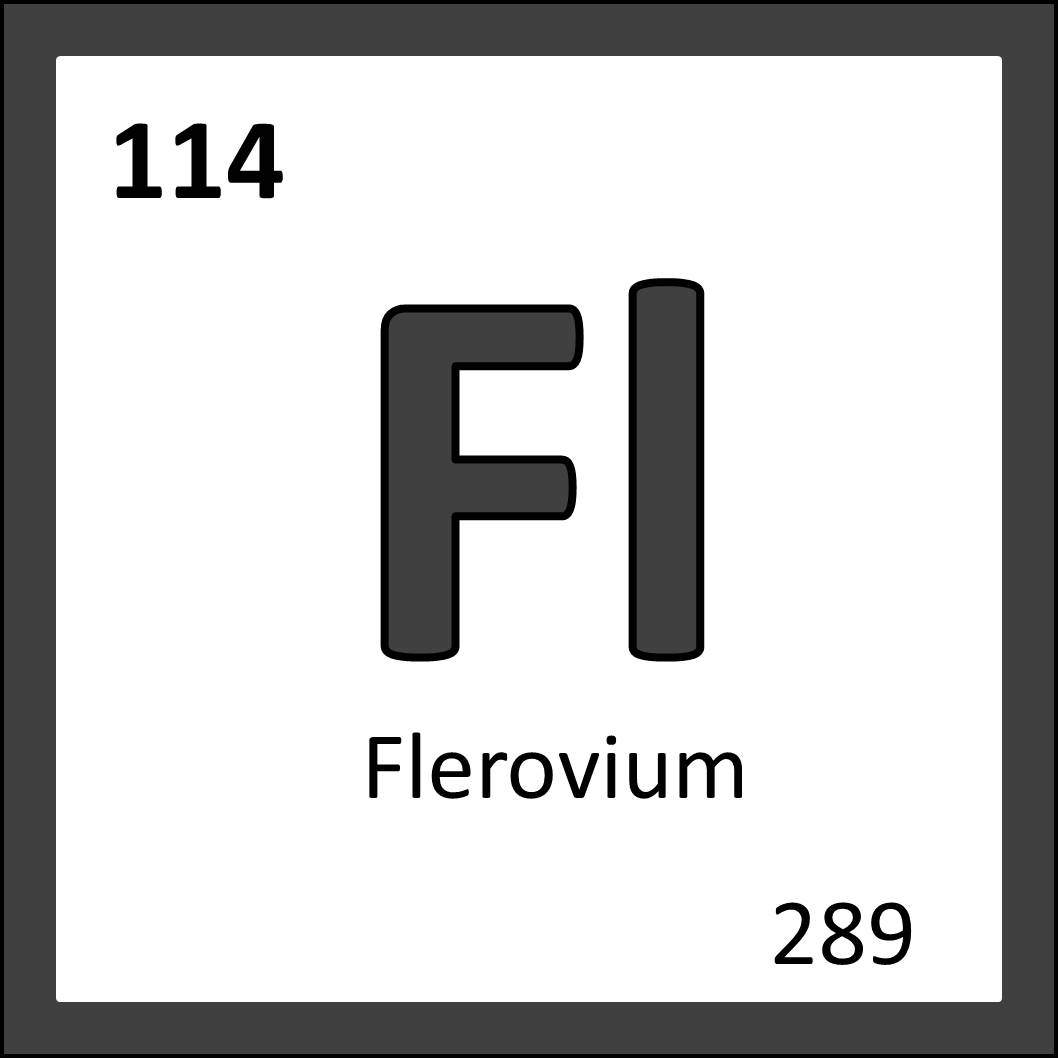

Left: Georgy Flyorov, discoverer of spontaneous fission and founder of the Flerov Laboratory of Nuclear Reactions (From flerovlab.jinr.ru). Right: flerovium as it appears on the periodic table.
The heaviest known element in the same column as carbon: it’s flerovium! Whether its properties match that of carbon is yet to be determined however due to the most stable isotope (flerovium-289) having a half life of just under 2 seconds.
The Russians at the Joint Institute for Nuclear Research in Moscow were the first to make element 114 in 1998. The team, led by Yuri Oganessian bombarded plutonium with calcium nuclei to generate a single atom of flerovium. After publishing the results in 1999 they continued and through repeating that experiment and changing up the isotopes used to generate different forms of flerovium they proved that they truly had created the superheavy element. With the naming rights Oganessian’s team chose flerovium, after the Flerov Laboratory of Nuclear Reactions and physicist Georgy Flyorov who founded the lab.

So I’ll finish on why Georgy Flyorov was so influential on nuclear physics in the Soviet Union. In 1940 Flyorov with his colleague Konstantin Petrzhak used experiments observing uranium deep underground in the Moscow Metro to make the first official identification of spontaneous nuclear fission (aka the breaking up of a nucleus without it being bombarded with neutrons). It needed to be done underground so that cosmic rays (which can cause induced fission) were blocked by the ground surrounding the uranium. Flyorov was also heavily involved in initiating the Soviet atomic bomb project, after noticing the silence from Britain, Germany and the US around nuclear fission and notifying Stalin himself. He was decorated with honours throughout Soviet history, and was a key nuclear physicist in the later competition to synthesise heavier elements.
So that’s flerovium- another element named after a giant name in nuclear physics.
